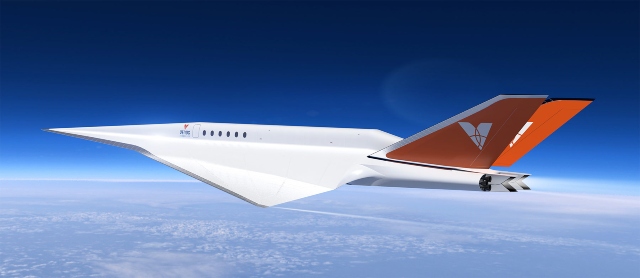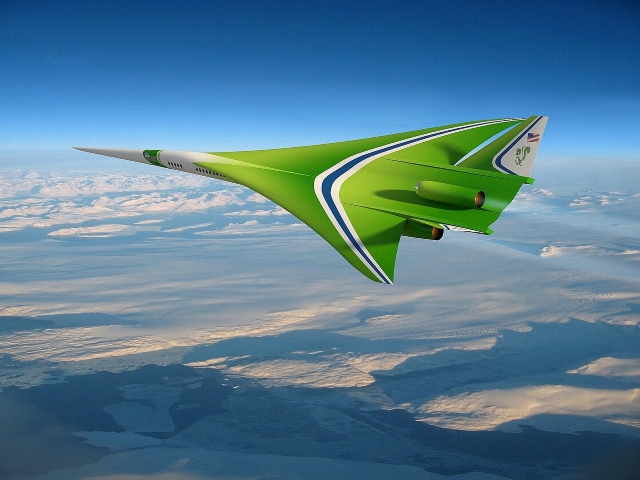[imagesource:needpix]
A new study claims that supersonic flights could become a reality within the next 10 years, with jet-setters being able to fly from the UK to Australia in just two hours before the end of the next decade.
That’s quicker than getting out of the V&A Waterfront parking lot on a Friday afternoon.
When humans first began toying around with the idea of motorised cars, there were genuine concerns about what sustained speeds in excess of 50 km/h would do to the human body.
Lucky for us their fears were unfounded and today we can zoom along in an utterly unaffordable Bugatti at well over 300km/h without the skin melting off our bones, or our brains leaking out of our ears.
Okay, so that might be embellishing the fears the original ‘speed demons’ had, but when the Wright brother took to the skies for the first time, humanity’s relationship with speed began in earnest. Today you can zip along at almost 1000km/h in a jet while drinking your coffee and reading the dailies.
But to some people, this is still not convenient, or fast enough. Who wants to wait 13 hours to fly to another continent? Ain’t nobody got time for that. Especially not the folks at Venus Aerospace, who believe that a one-hour flight to anywhere in the world is within reach.
“Commercial suborbital space flights are now available for tourism and scientific research, and are ultimately anticipated to mature into extremely fast point-to-point travel, e.g. London to Sydney in less than two hours.”
And the science is beginning to stack up in their favour.
New research by the UK Civil Aviation Authority (CAA) suggests travellers will be capable of soaring at supersonic speeds through space to arrive at major cities faster than ever before.
They found that most people handled the G-forces of suborbital space flights well. “Physiological responses are likely to be benign for most passengers,” Dr Ryan Anderton, the CAA’s medical lead for flight, said.
Interestingly, the research found that older people may be better equipped to handle high-speed flights as they have slightly “stiffer arteries” that would lessen the pooling of blood away from the brain. See, we’re right back in the Model T Ford days again.
Supersonic flights will have to take humans up to the edge of space, where air drag on the frames of these birds is less, but that also means looking at different forms of propulsion.

Venus Aerospace’s hypersonic Stargazer plane, for instance, will reportedly be able to fly at Mach 9 (nine times the speed of sound) or roughly 6,905 mph (24 858 km/h) to get you from New York to Tokyo in one hour.
Virgin Galactic is still hanging in there as a contender too, as well as other companies attempting to achieve supersonic travel, like Boom Supersonic, Spike Aerospace, and Lockheed Martin.
At the moment these fast flights are a pretty penny, but the developers believe it won’t be too long before ‘everyone’ will be able to take a quicker flight to anywhere.
Unfortunately for now we only have the snazzy promotional videos like below. Until then you will have to be content with SAA.
[source:robbreport]





